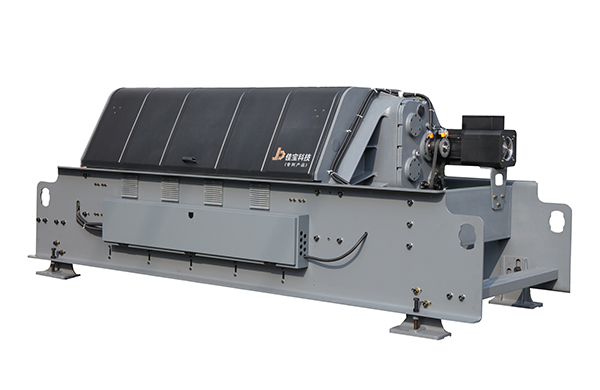

SALES
13906853051/13732455249

TECHNOLOGY
158-5755-6908





The working principle of electronic jacquard faucets mainly involves electronic control, mechanical transmission, and precise component coordination. The following is its detailed working principle:
1、 Electronic Control and Instruction Transmission
Control unit: The electronic jacquard machine receives and interprets instructions through an internal electronic control unit (usually including components such as circuit boards, sensors, drivers, etc.). These instructions usually come from pre-set pattern data or computer programs, which define the pattern style at each position during the weaving process.
Instruction transmission: When different patterns need to be woven, the control unit will send instructions to the faucet electronic devices based on the preset pattern data. These instructions are transmitted to the driver in the form of electronic signals.
2、 Mechanical transmission and component coordination
Servo motor drive: After receiving instructions from the control unit, the driver will drive the servo motor to operate. The servo motor is transmitted to the main spindle of the electronic jacquard machine through a reduction mechanism, and then drives the conjugate cam or eccentric wheel to operate.
Connecting rod and tool lifting motion: The operation of the conjugate cam or eccentric wheel will drive the connecting rod to make the tool lift move up and down. This up and down movement is a key step in driving the alternating upward movement of the hooks on both sides of the components.
Electromagnetic control: The electronic jacquard machine faucet control system will also control the power on and off of the electromagnetic components based on the design file (i.e. pattern data). The gain and loss of power of the electromagnet determine whether the moving hook can be interlocked with the fixed hook, thereby controlling the corresponding movable pulley to rise and fall with the lifting blade.
Warp and brown yarn movement: When the pulley moves with the lifting blade, it drives the warp yarn to move up and down. This up and down movement forms warp and weft points respectively, thus achieving the weaving of jacquard fabric.
3、 Job characteristics and advantages
Precise control: The electronic jacquard faucet achieves precise control of the jacquard process through electronic signals and precise mechanical transmission, enabling the weaving of complex and exquisite patterns.
Efficient and energy-saving: By using a high-performance servo system to directly drive the electronic jacquard machine faucet, it can replace the complex traditional vertical and horizontal axis transmission mechanisms, simplify the mechanical structure, and improve transmission efficiency. At the same time, the expansion capacitor module of the servo drive bus can also fully reuse the generated electricity and save energy consumption.
Safe and reliable: The electronic jacquard faucet is completely separated from the loom, reducing the burden on the loom spindle and improving production safety. Avoiding safety accidents caused by mechanical failures such as shaft breakage.
In summary, the working principle of electronic jacquard faucets involves multiple aspects such as electronic control, mechanical transmission, and precise component coordination. These complex mechanisms work together to achieve precise control and efficient production of the jacquard process.
